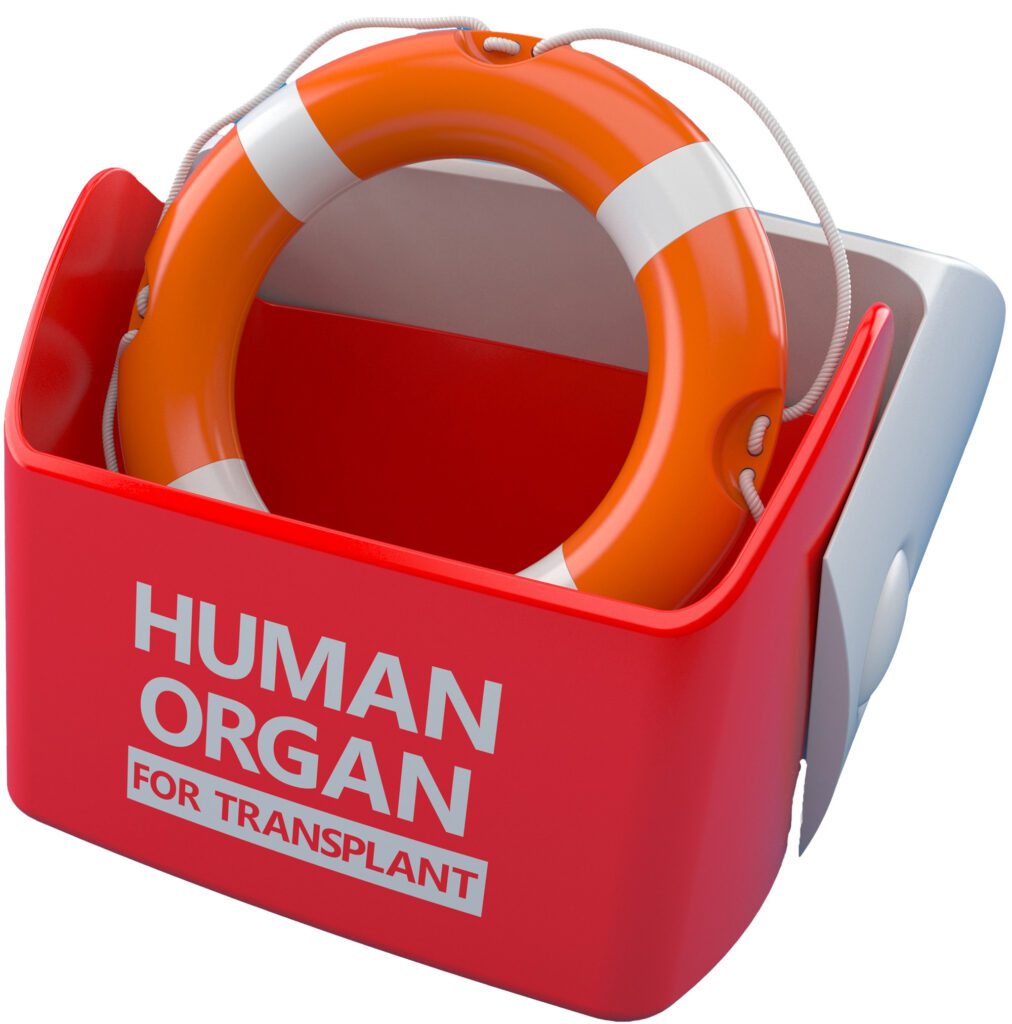Organ, eye and tissue donation helps ease suffering – and it drastically improves and saves lives, too. According to the Organ Procurement and Transplantation Network (OPTN), more than 100,000 men, women and children are on the national transplant waiting list – more than 700 being Oklahomans – and 17 people die each day waiting for an organ. OPTN shares that a deceased donor can save up to eight lives through organ donation and improve over 75 more, while a living donor can donate a kidney, lung, pancreas or part of their liver to someone in need.

More than 85% of people on the national transplant waiting list are in need of a kidney, and kidney and liver transplants are the most common type of living donor organ procedures.
Shea Samara, M.D., a kidney transplant surgeon and the medical director of living kidney donation with INTEGRIS Health Nazih Zuhdi Transplant Institute in Oklahoma City, says their program has an extensive multidisciplinary approach to organ transplantation, especially living donor transplants.
“The process of becoming a living donor may take a few months due to the variety of medical tests that are required to ensure compatibility,” says Samara. “The donor is assigned a Donor Advocate that will assist them throughout their journey, making sure they are well informed during each step.”
One of the opportunities for a living kidney donation is through a paired exchange.
“We did Oklahoma’s first paired exchange 15 years ago on Valentine’s Day,” says Samara. “For patients enrolled in paired exchange, they have a living donor but they aren’t a match, usually because of blood group incompatibility or antibody tissue incompatibility. Through the use of OPTN’s national kidney paired donation system, we’re able to search throughout the country for potential matches.”
He says in the past, donors and recipients typically knew each other or were related, but with today’s social media landscape, new connections are being made.
“It’s amazing how many people reach out on social media and find a donor,” says Samara. “A few years ago, we had a transplant recipient who met their donor through a gaming chat room. It’s been wonderful to see the new ways people are searching because it’s expanded the pool of potential donors.”
He adds that it’s important for donors to know that they can remain anonymous, and their information is never shared with their intended recipient – and that if a donation occurs, they can look forward to a full recovery.
“If we do our job correctly, whoever is donating a kidney should feel comfortable knowing that they’re going to live their life normally, even with one kidney,” he says. “The vast majority of kidney donor surgeries are done laparoscopically, which is a minimally invasive approach with small incisions. The average hospital stay is two nights, with the ability to drive in two weeks, and resumed normal activities in four to six weeks.”

Join the Registry
LifeShare Oklahoma, a nonprofit organ procurement organization dedicated to the recovery of organs and tissue for transplant purposes, shares the three simple ways you can join the donor registry.
1. When getting your driver’s license, state ID or Real ID, you can say yes to organ, eye and tissue donation, as indicated by a red heart on your license or ID.
2. Register online at LifeShareRegistry.org.
3. Call LifeShare at 800-826-LIFE (5433) and request a donor registration form be mailed to you.
For more information about becoming an organ donor, visit lifeshareoklahoma.org.























